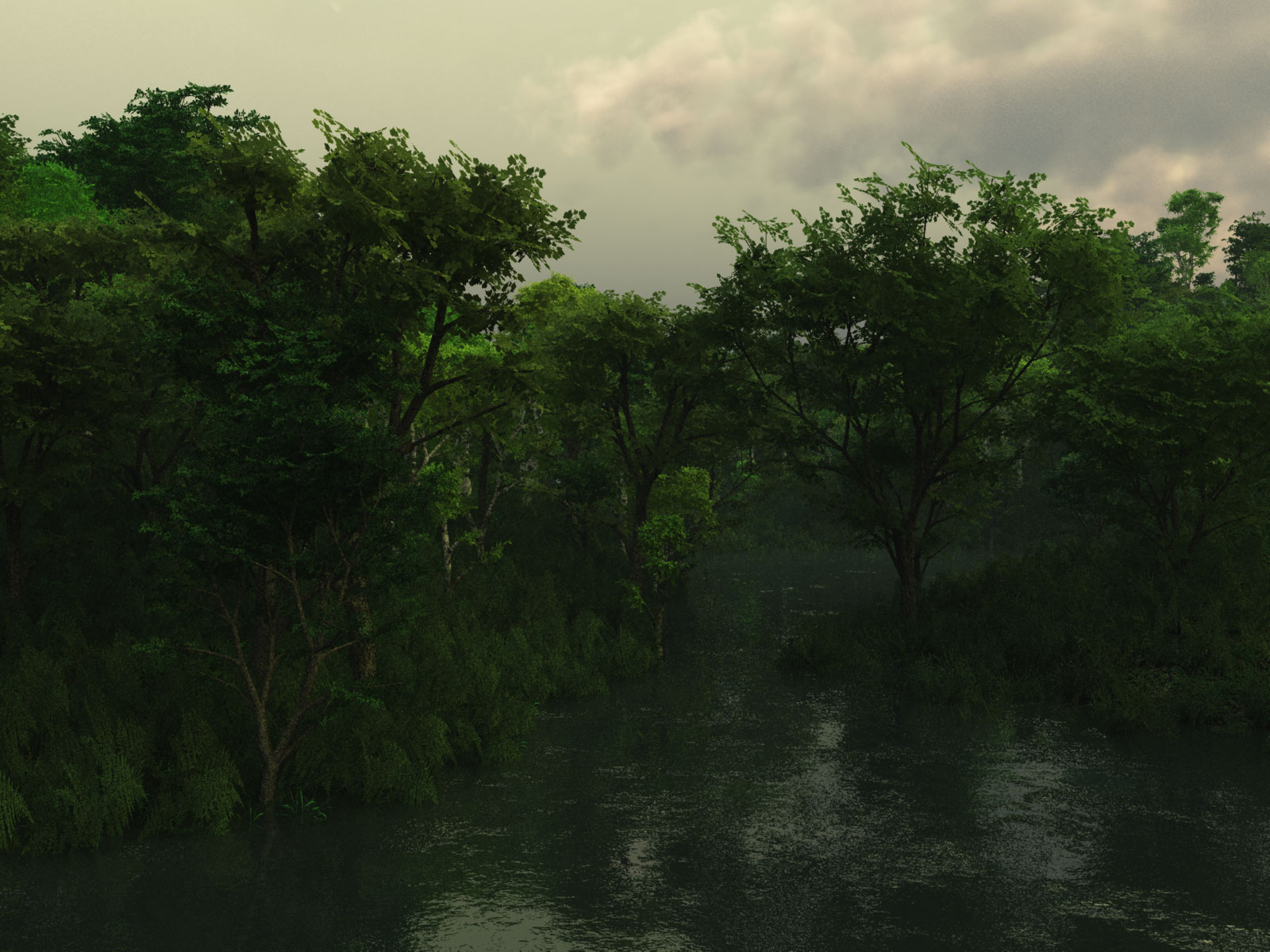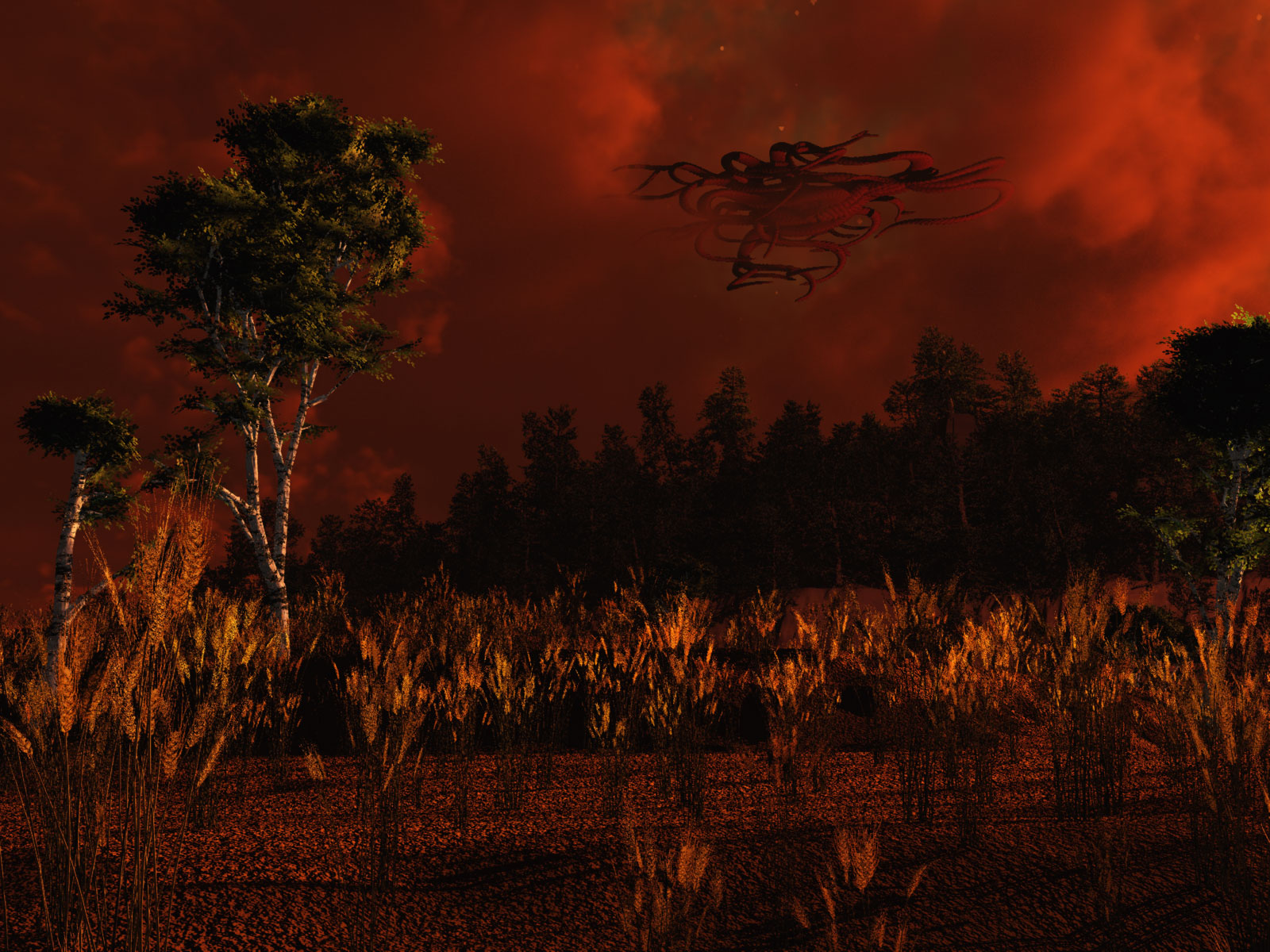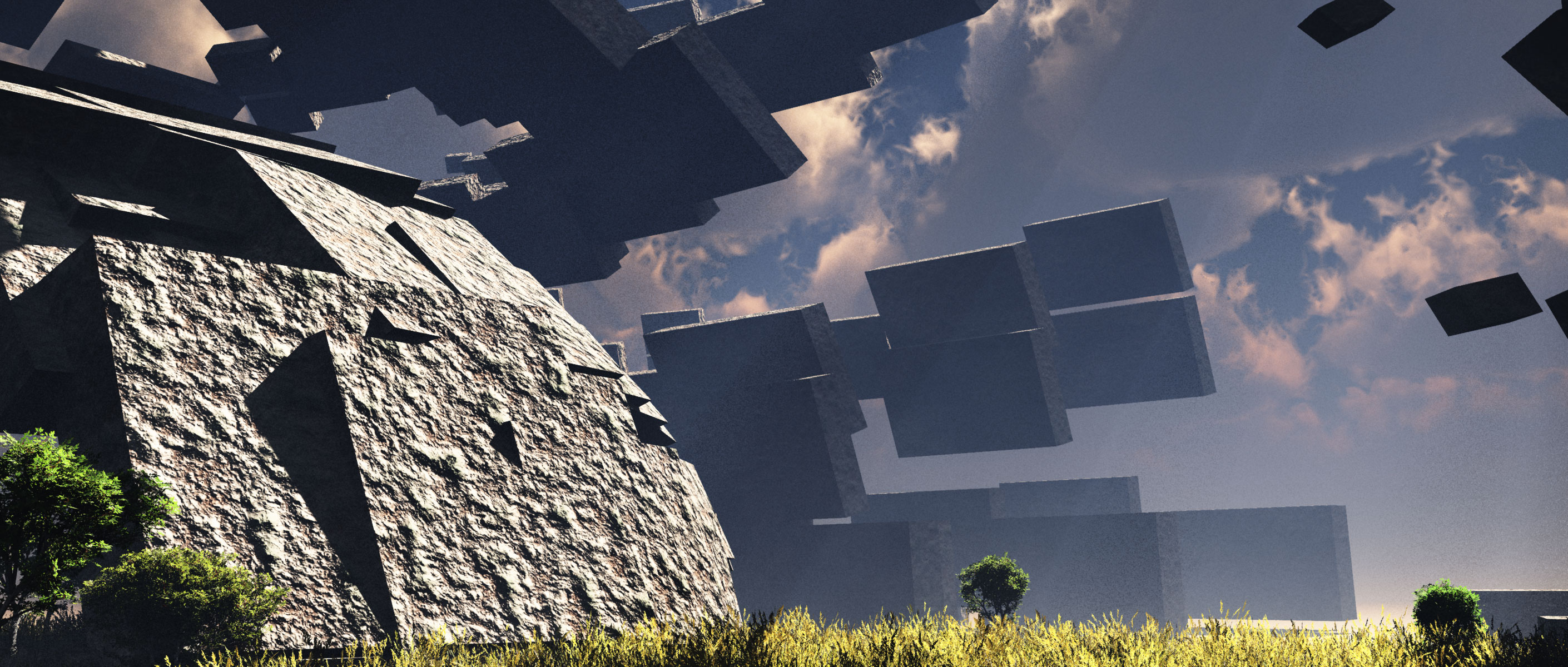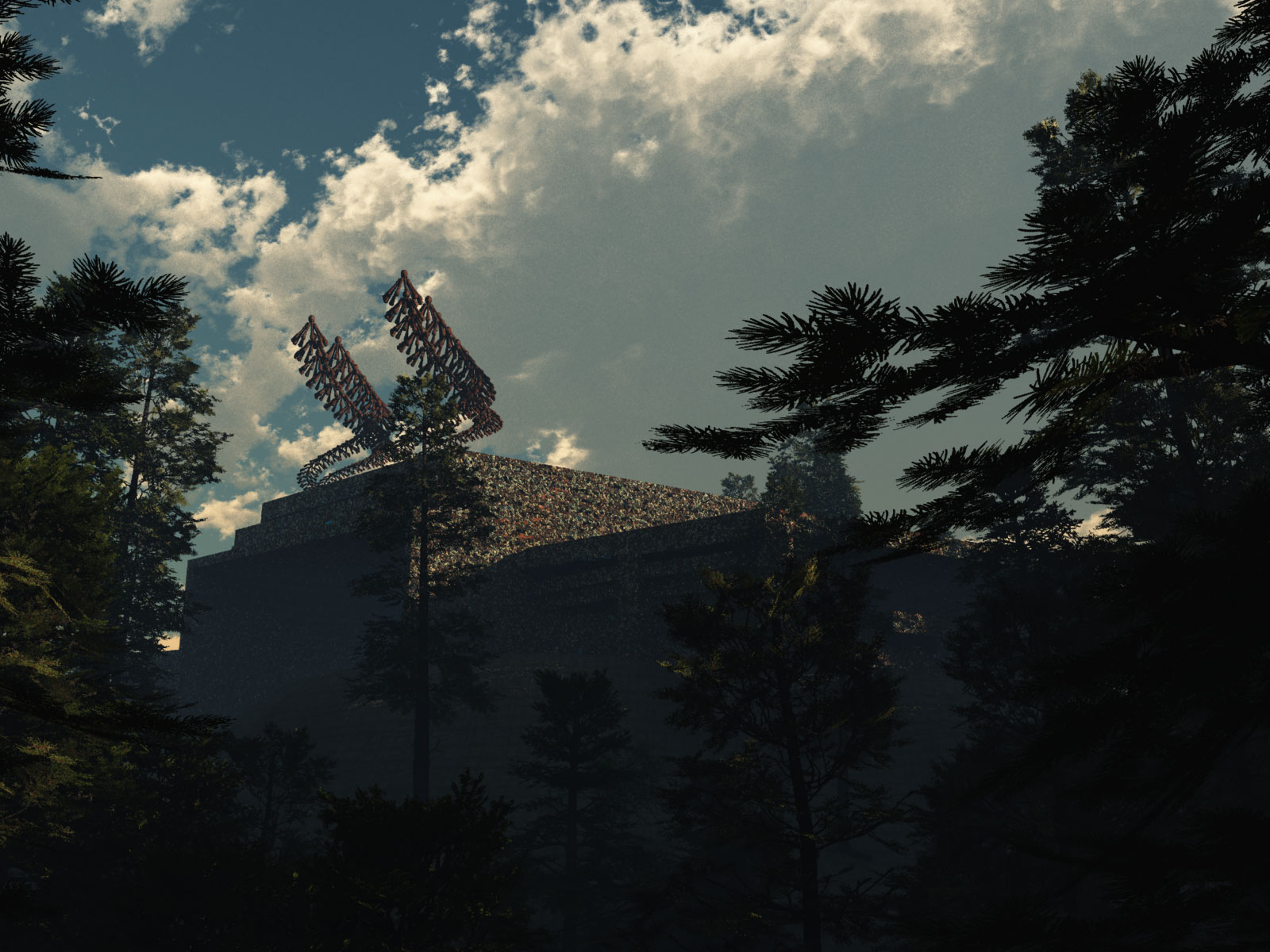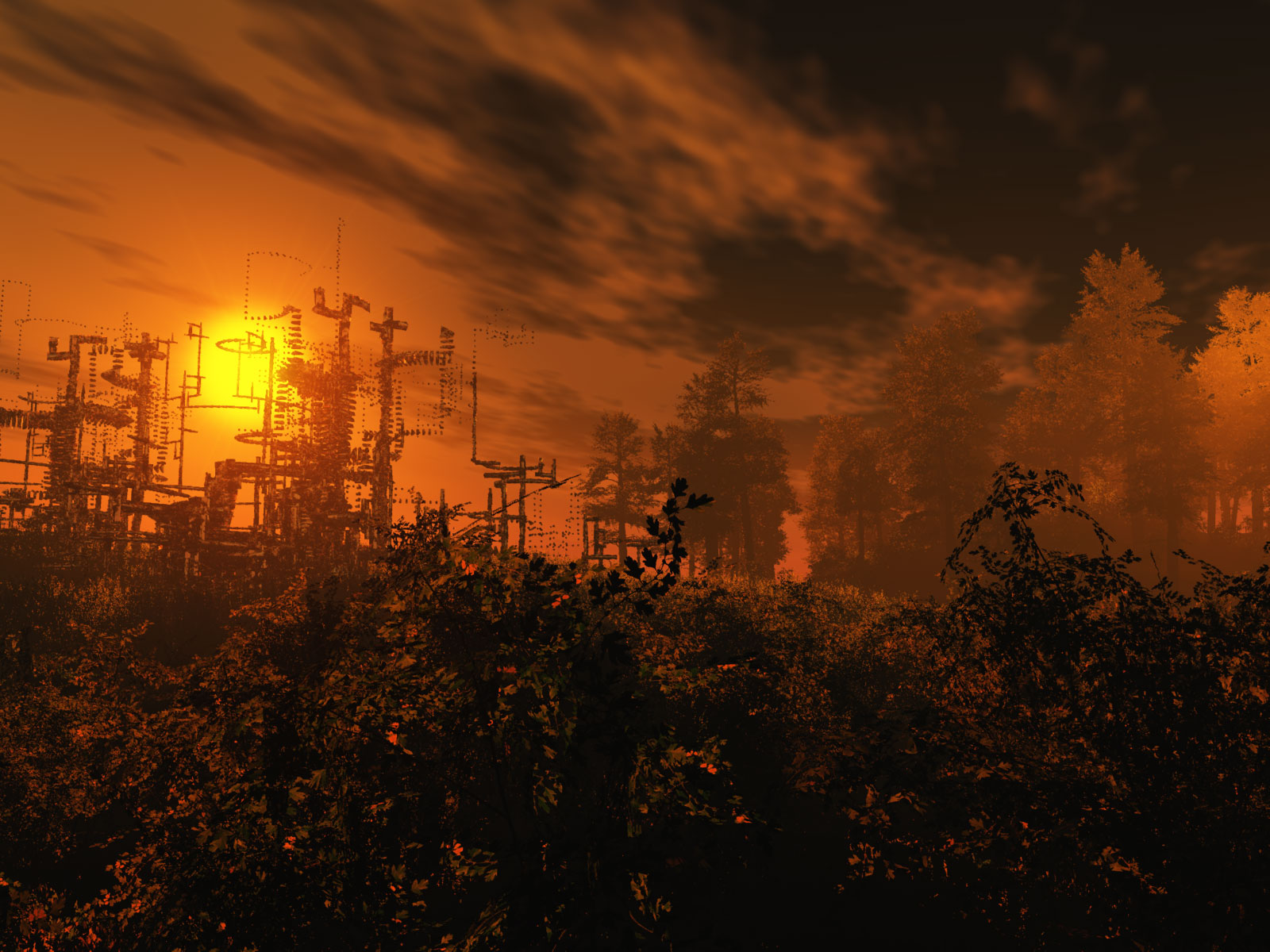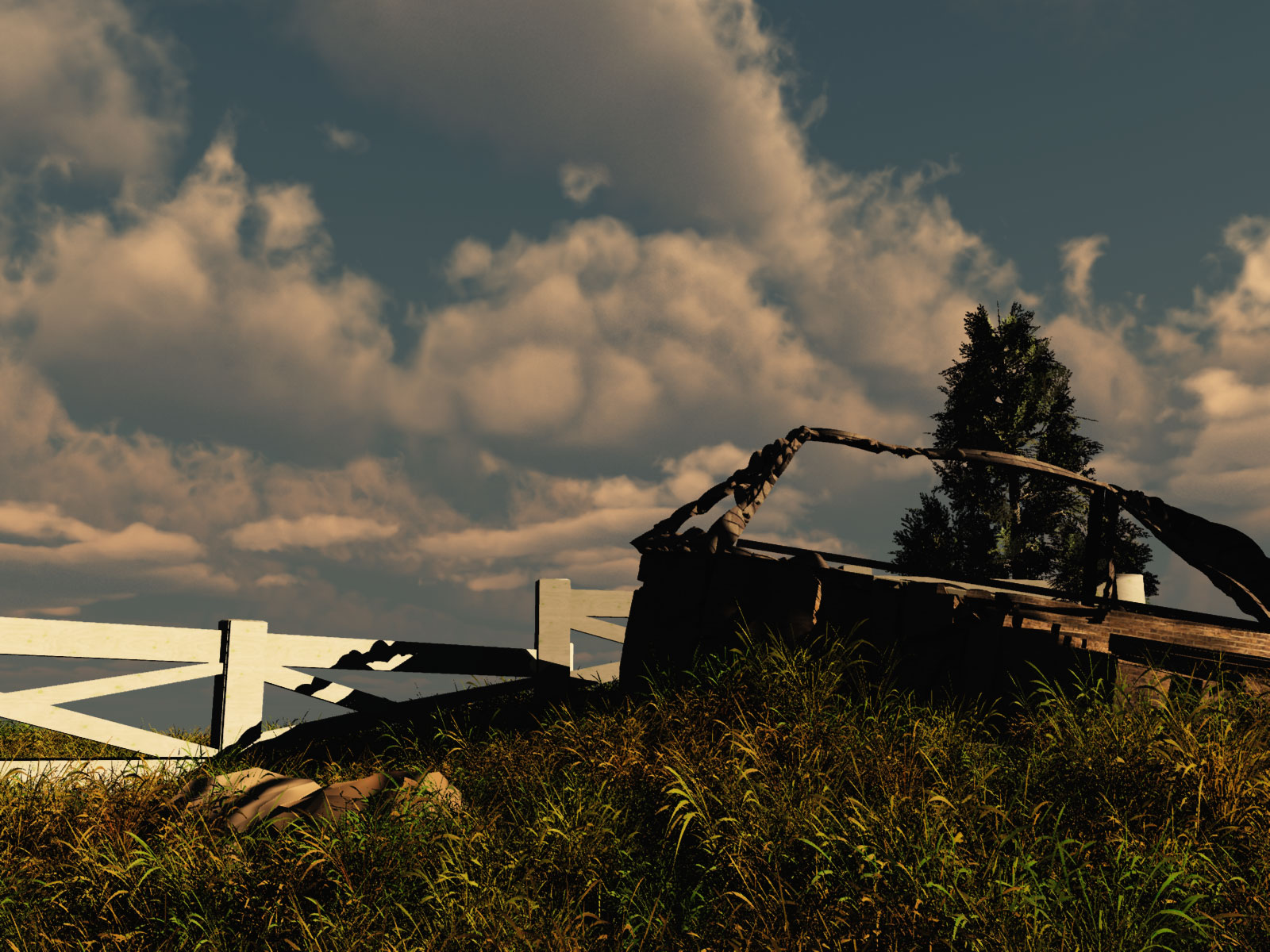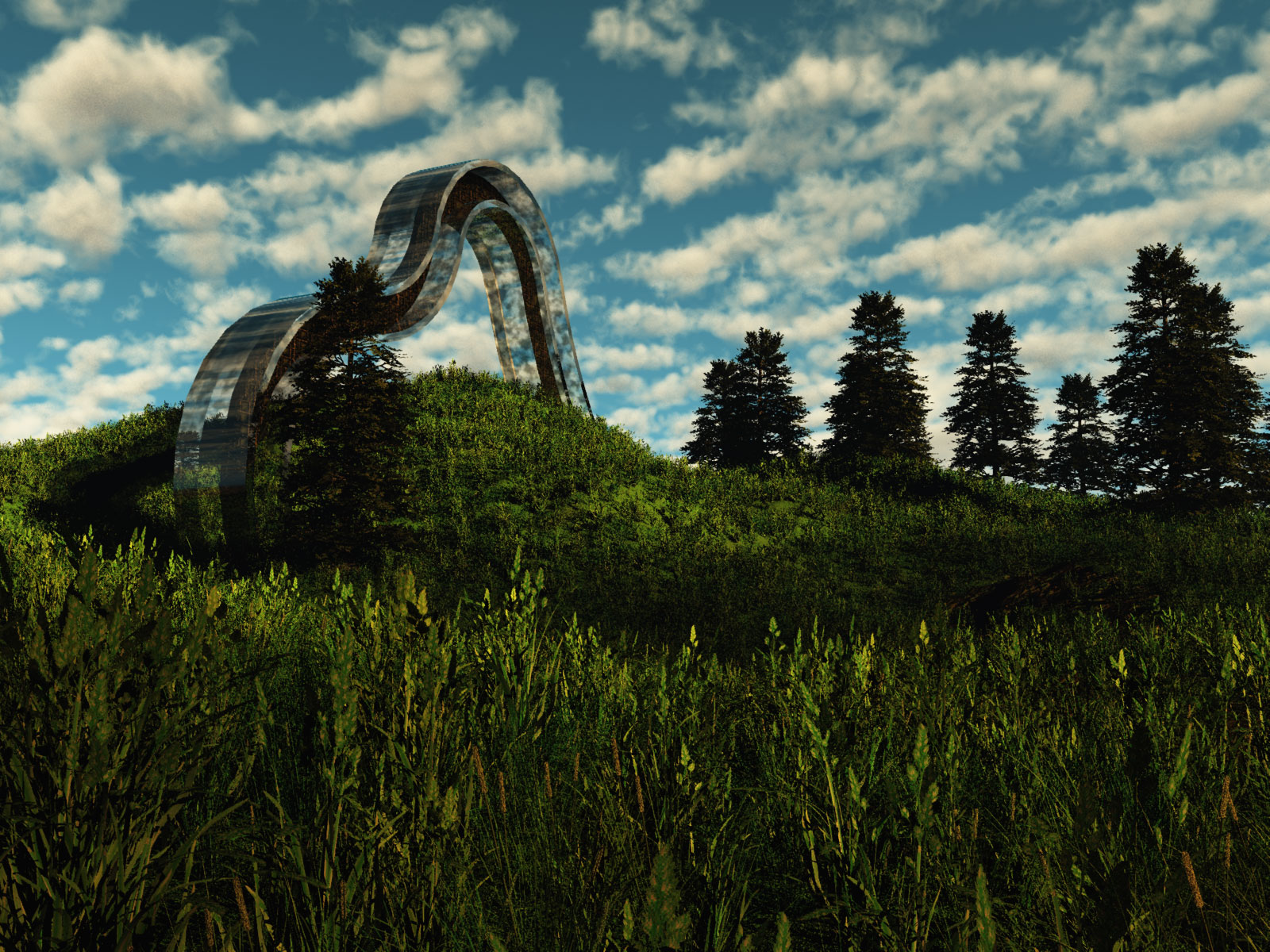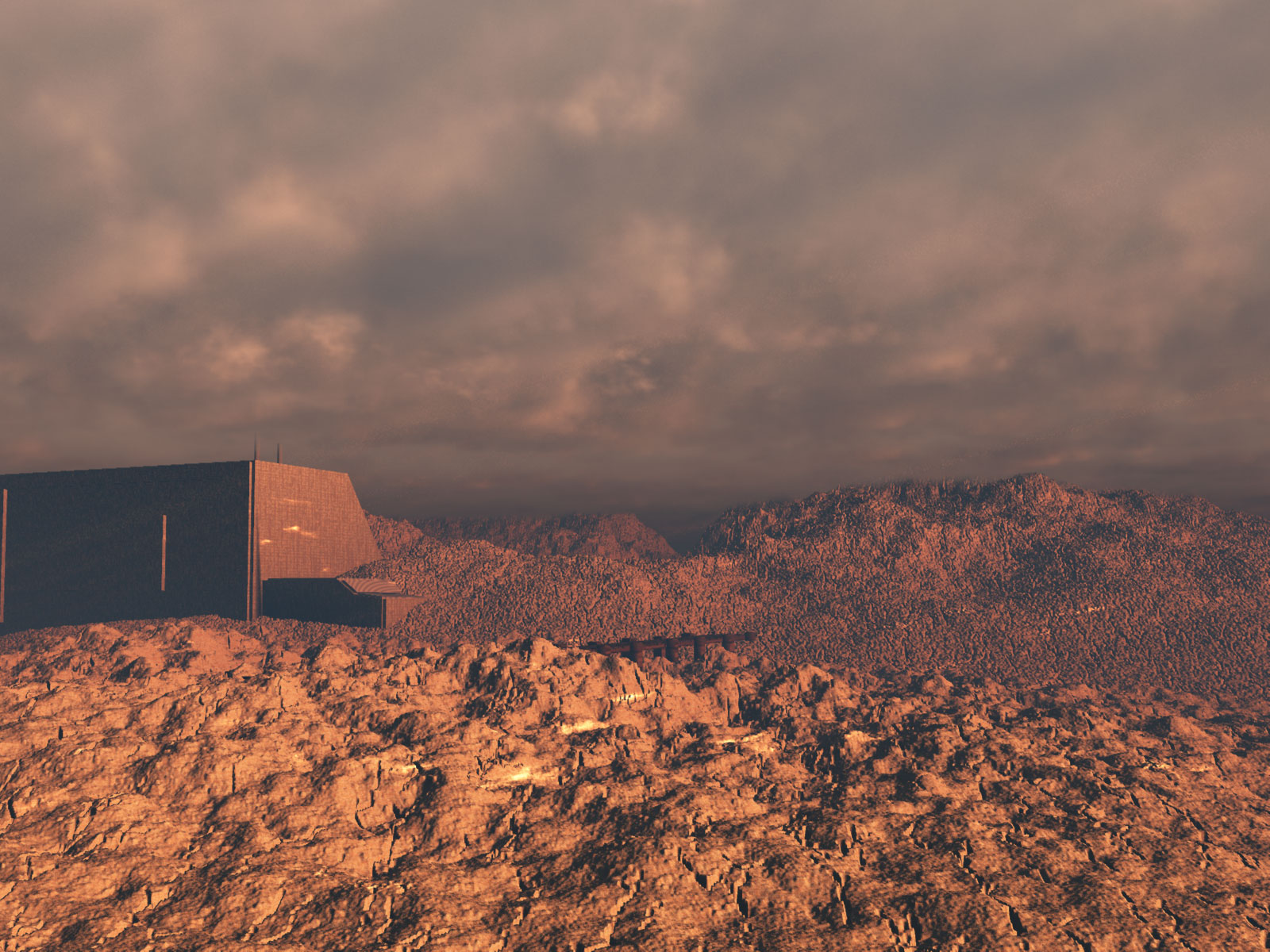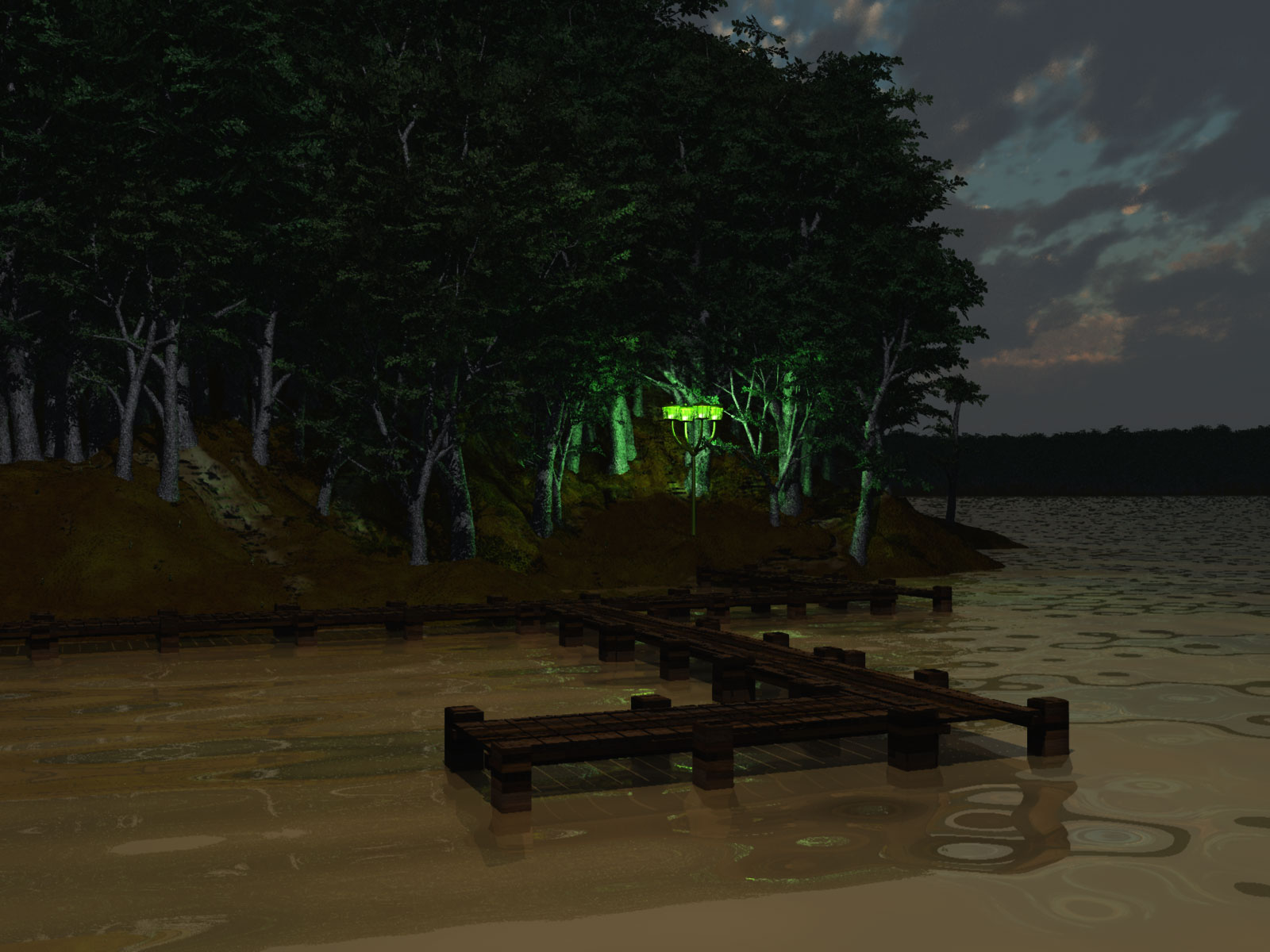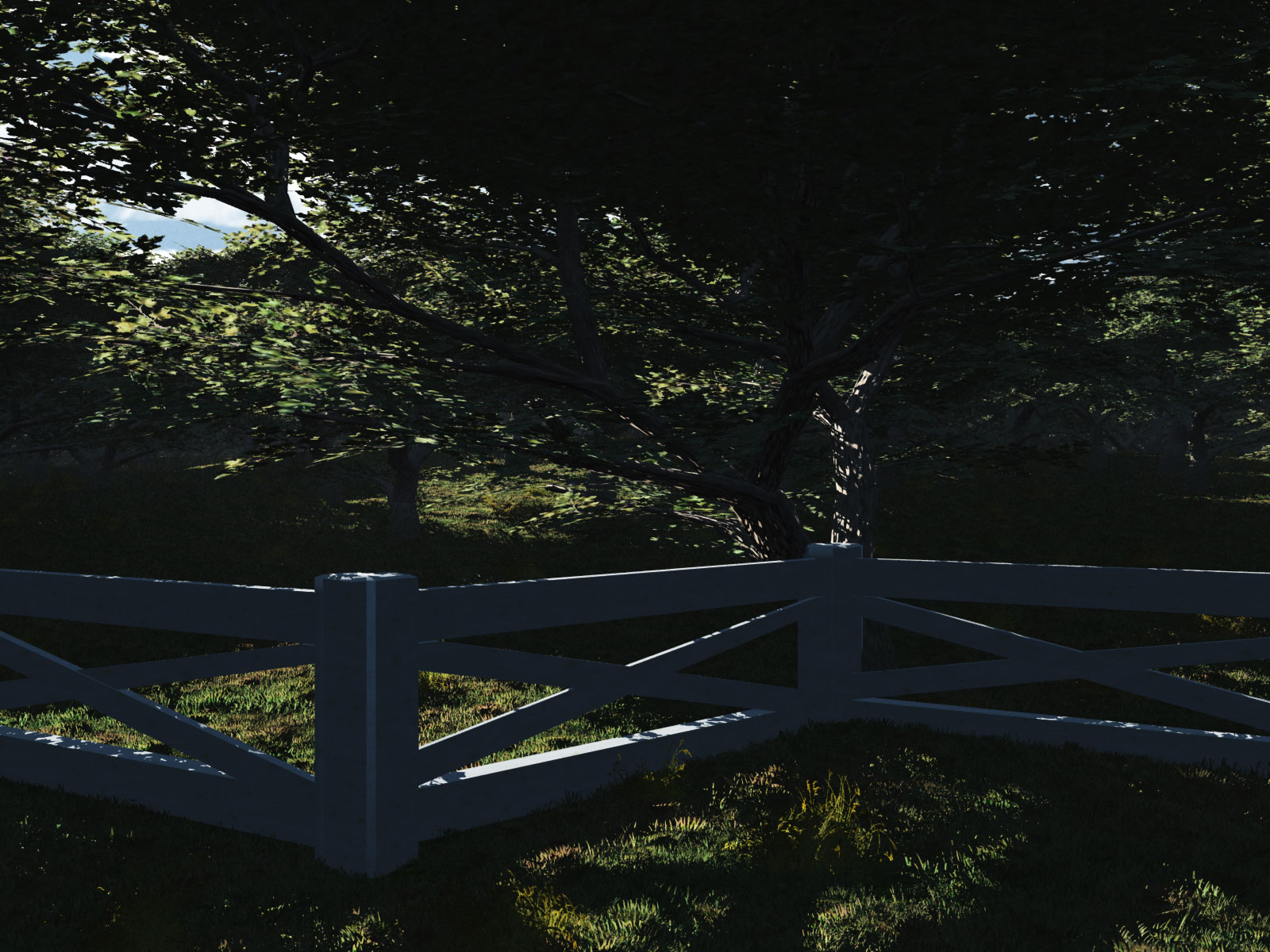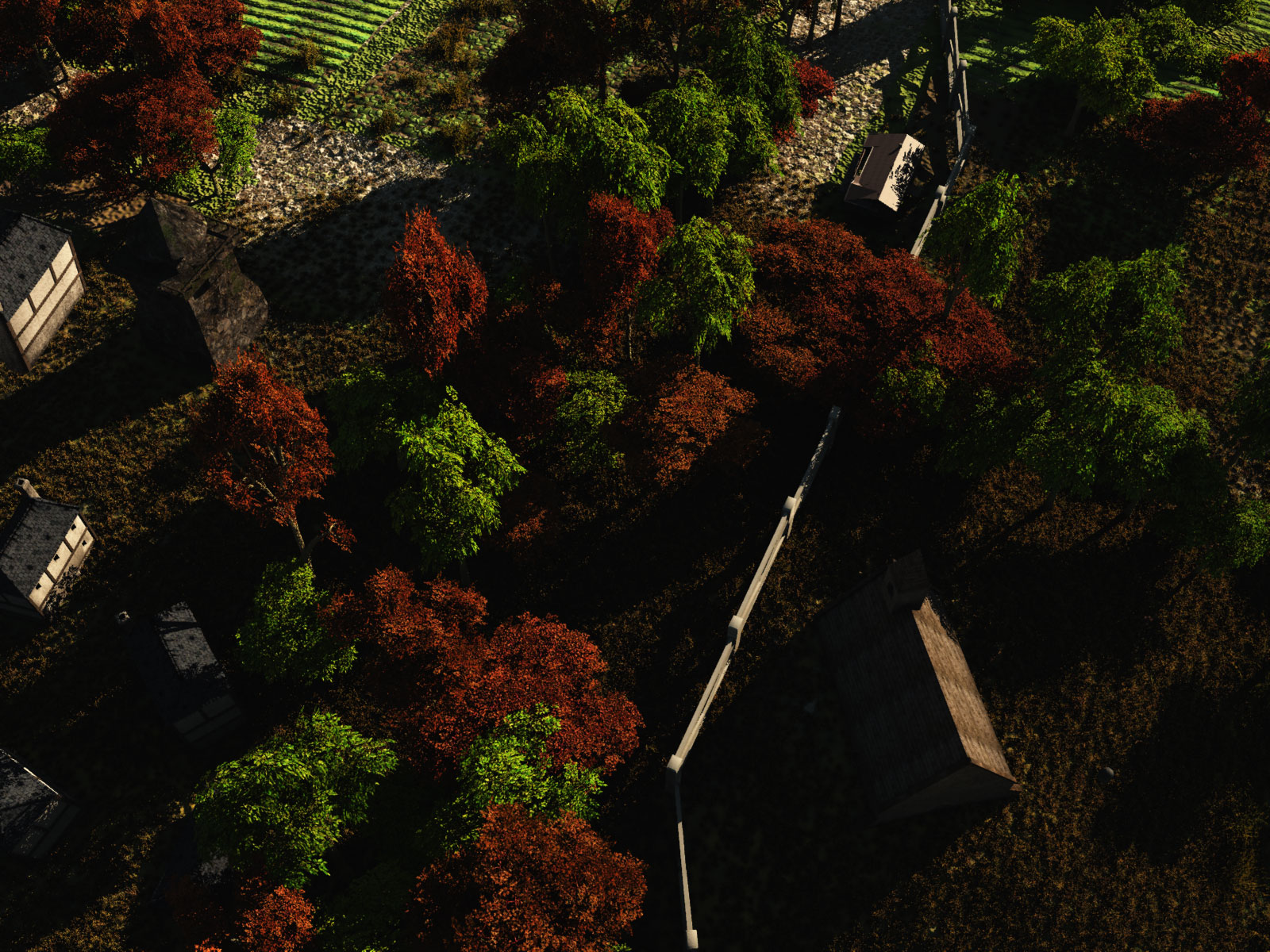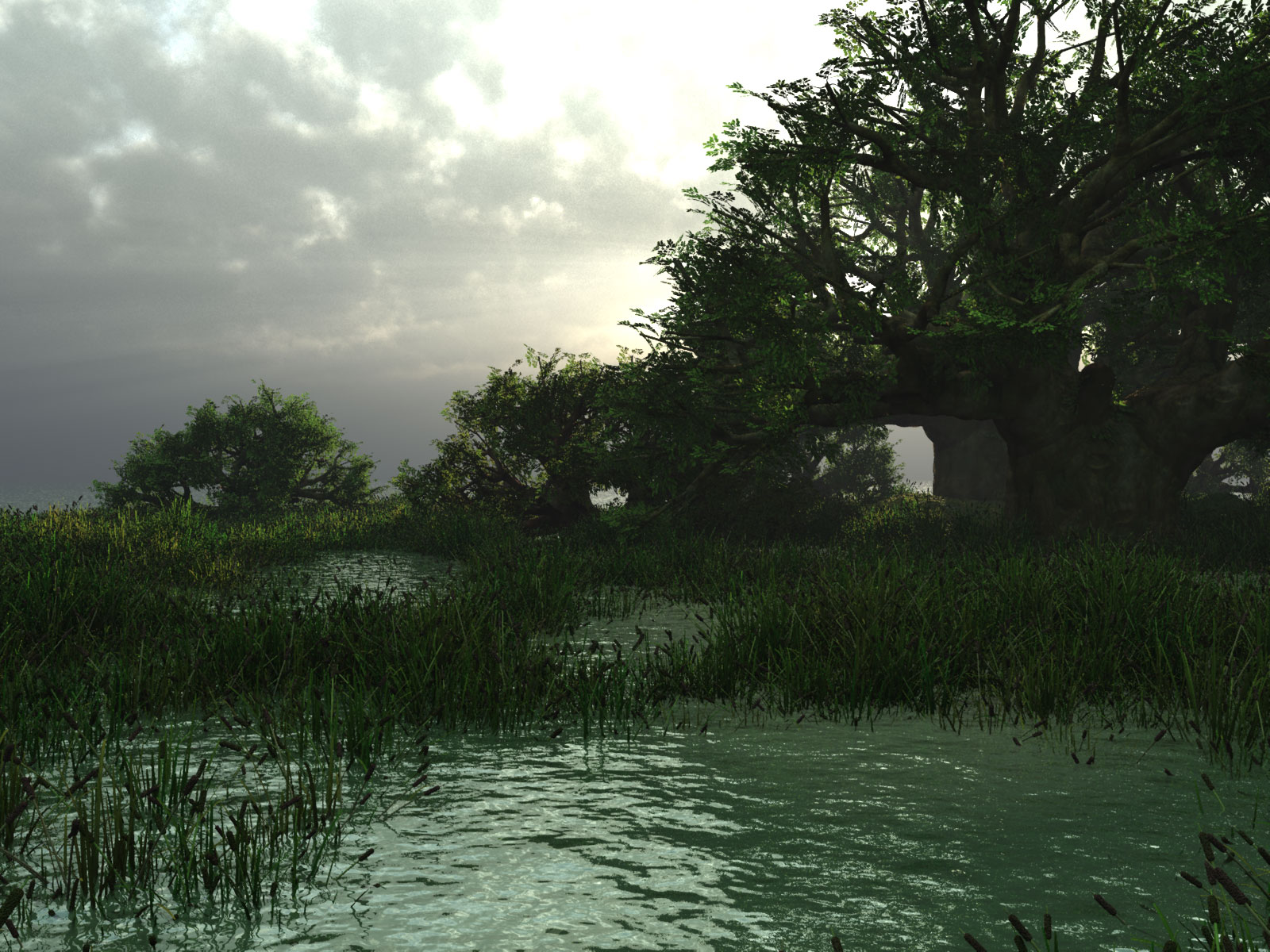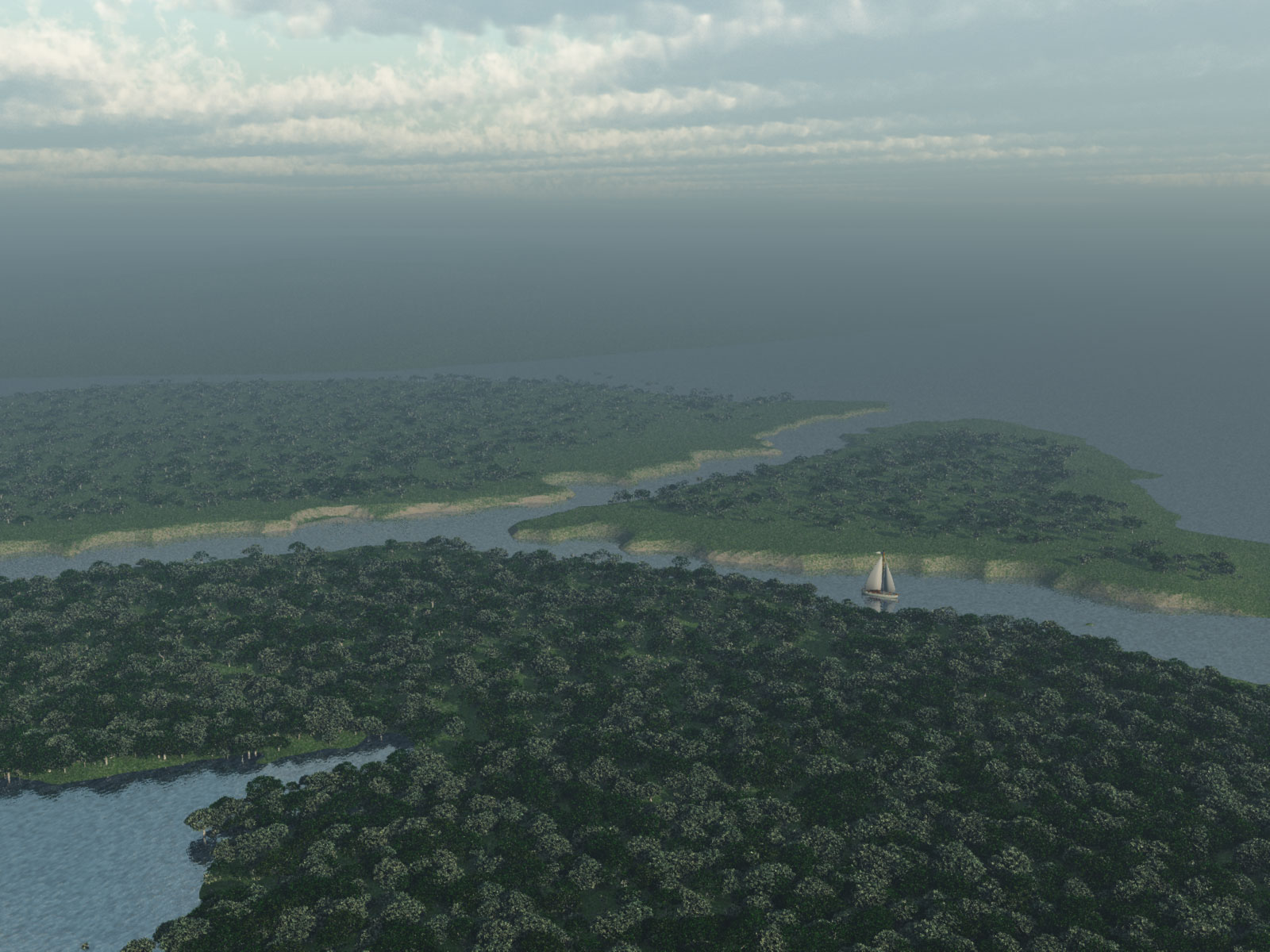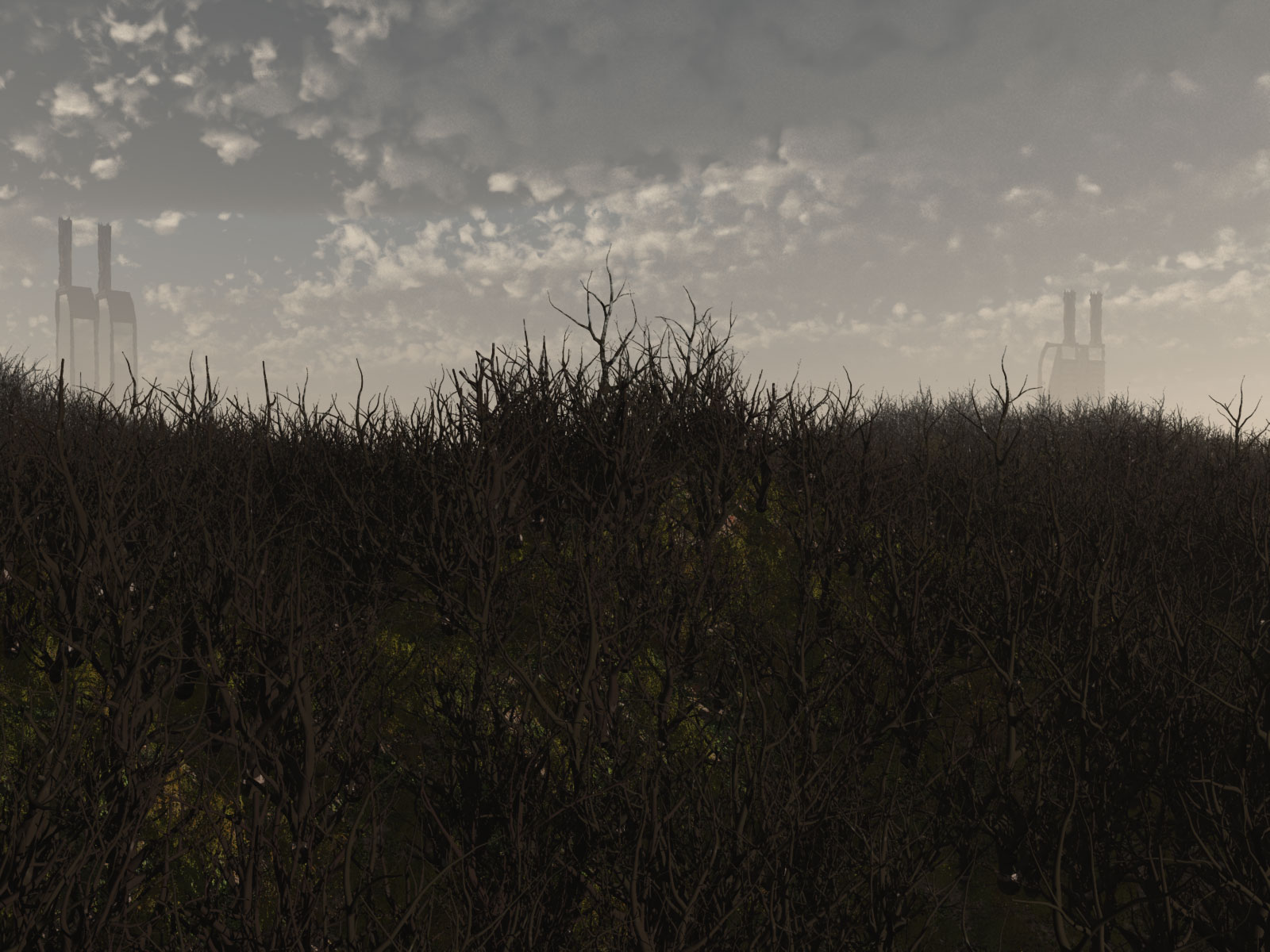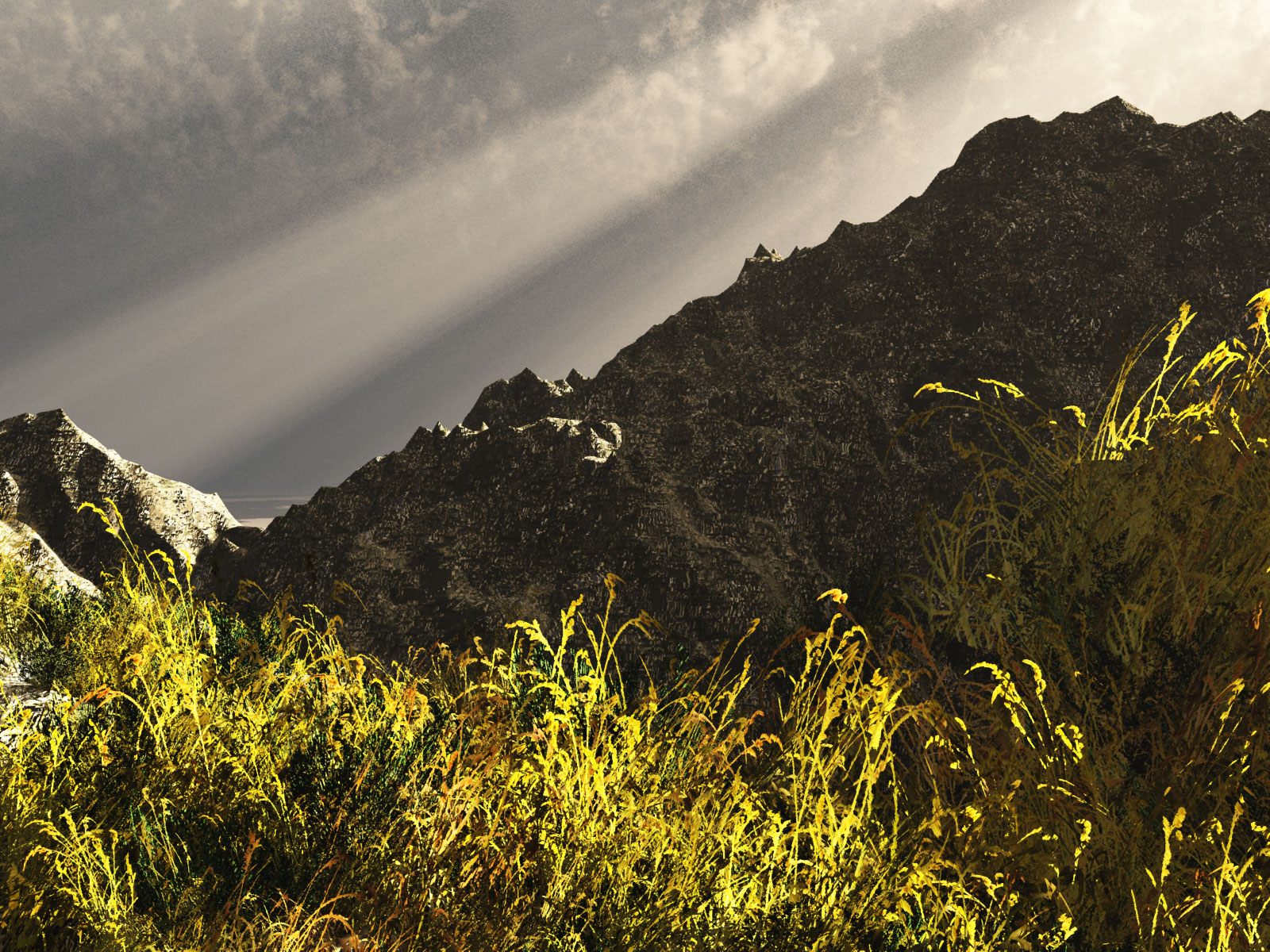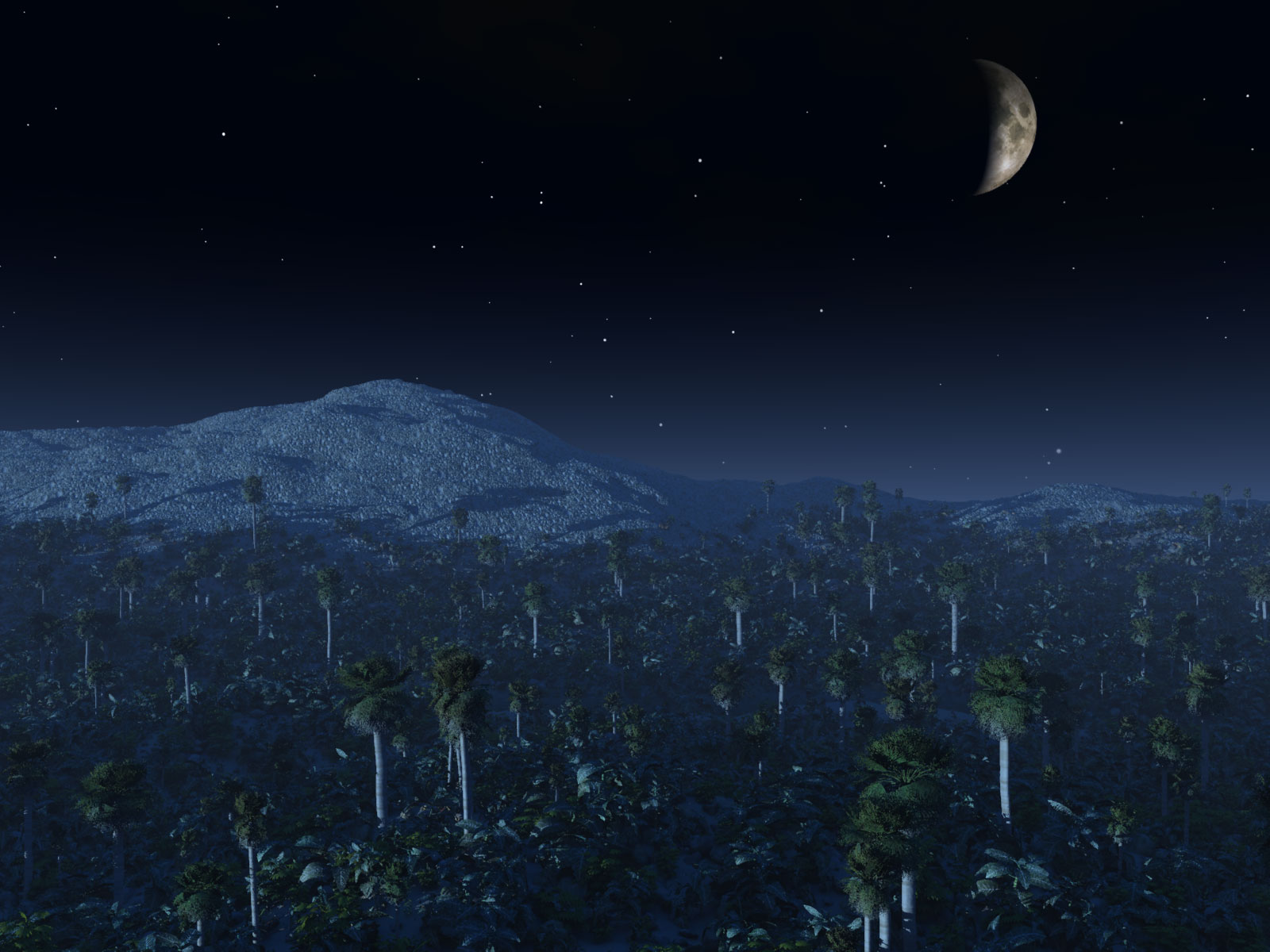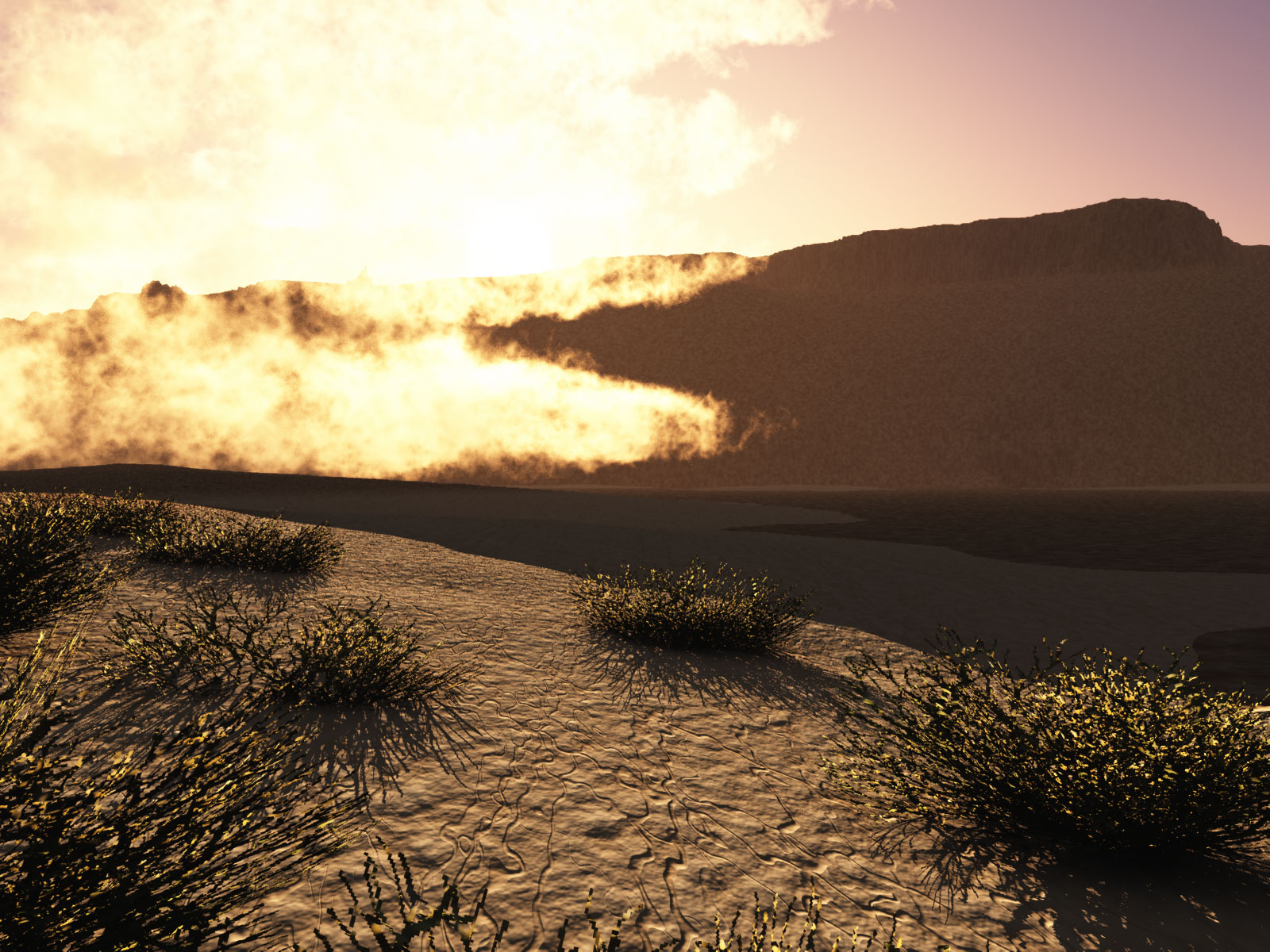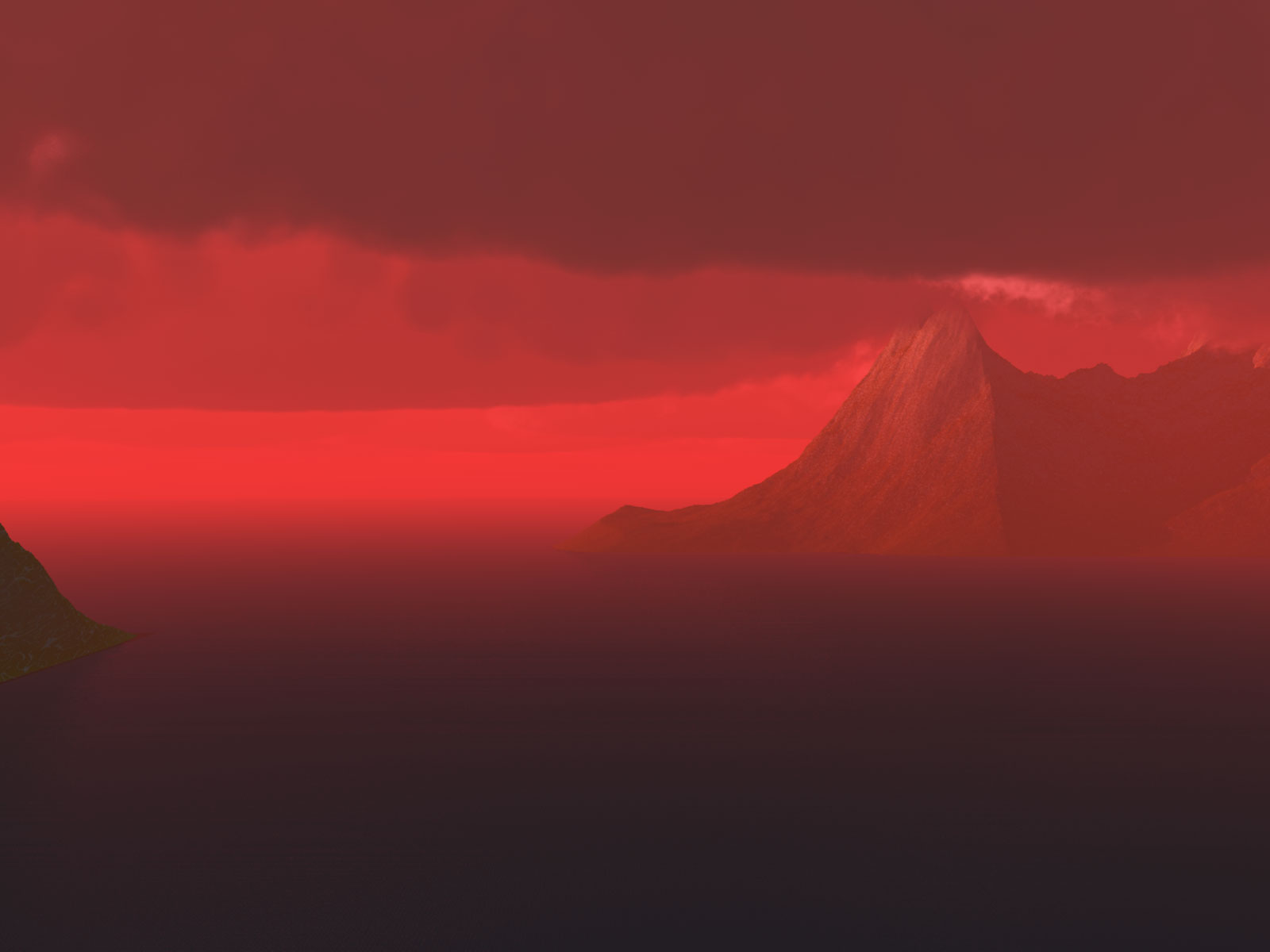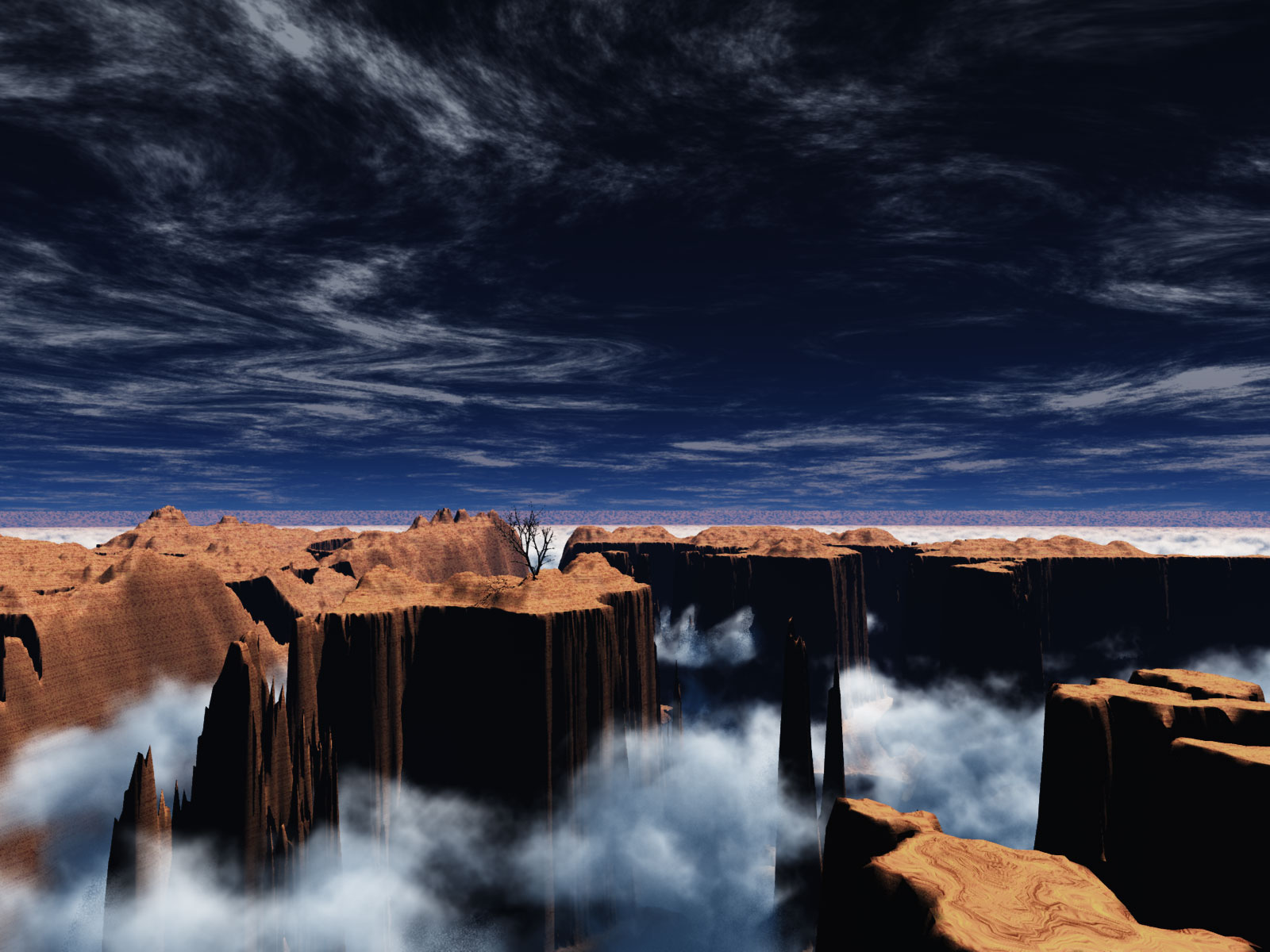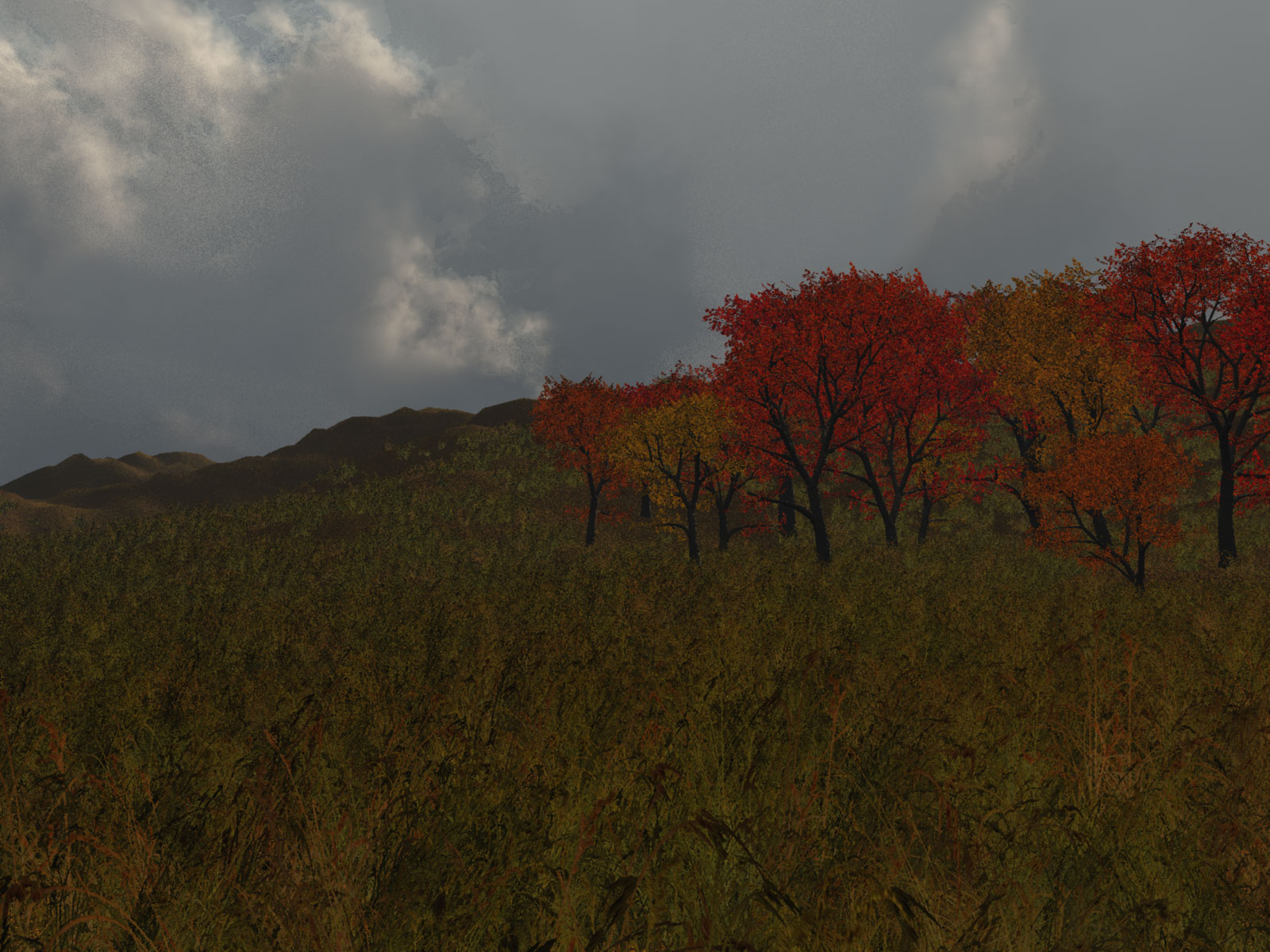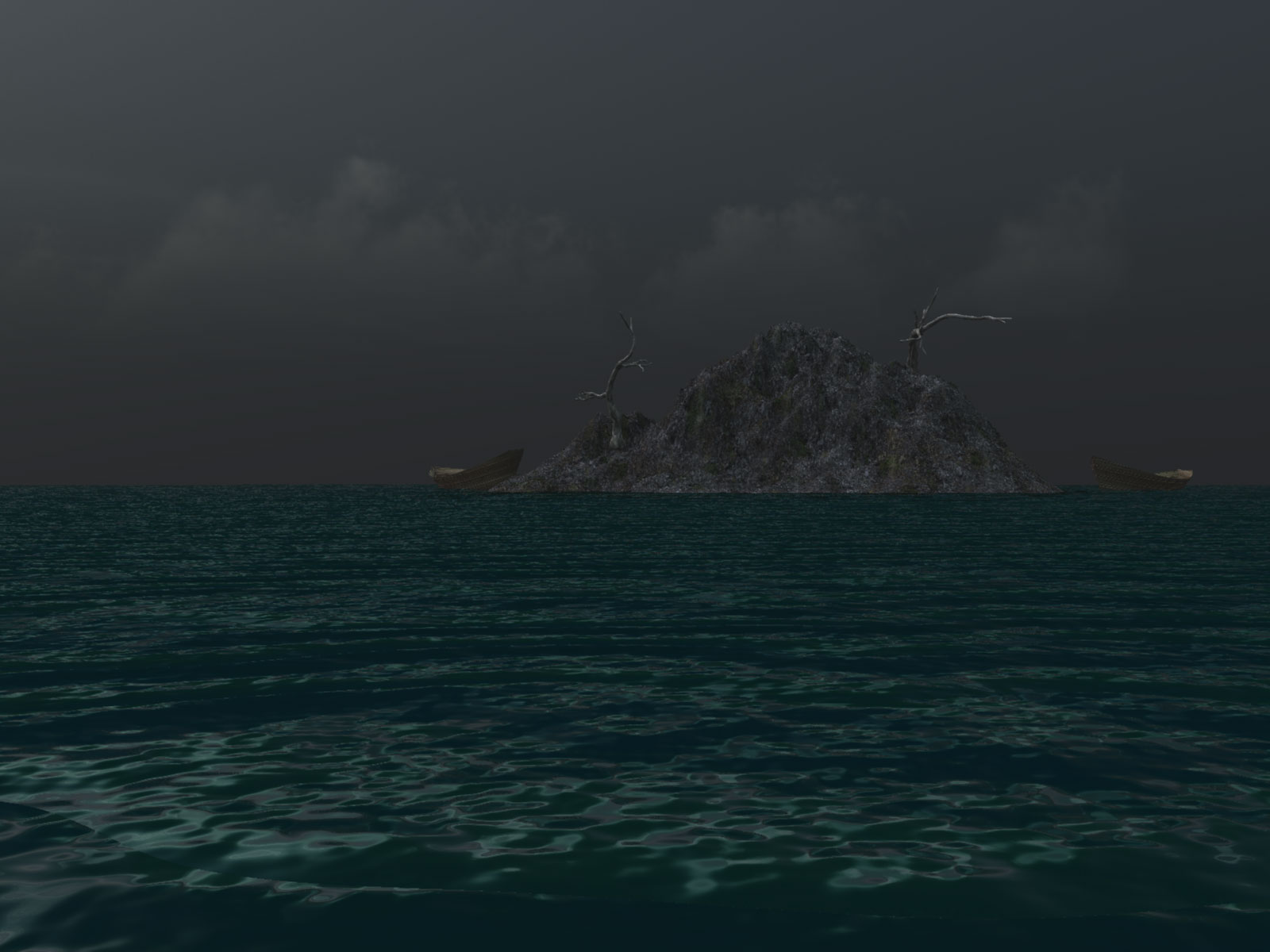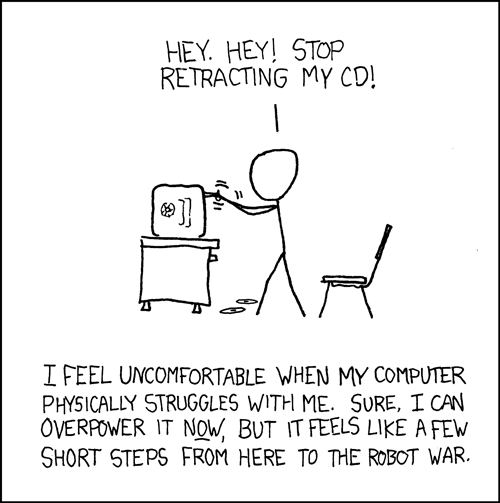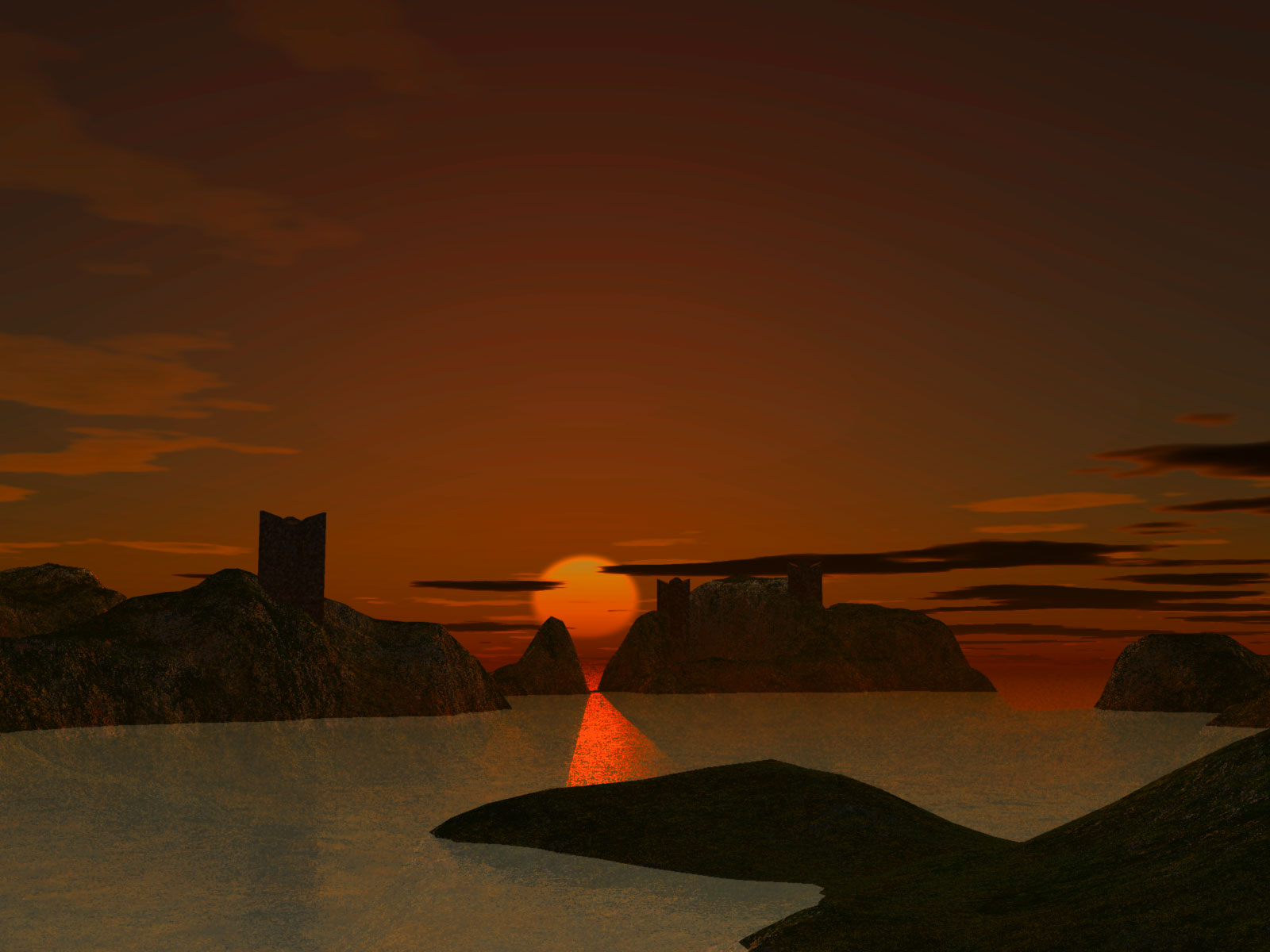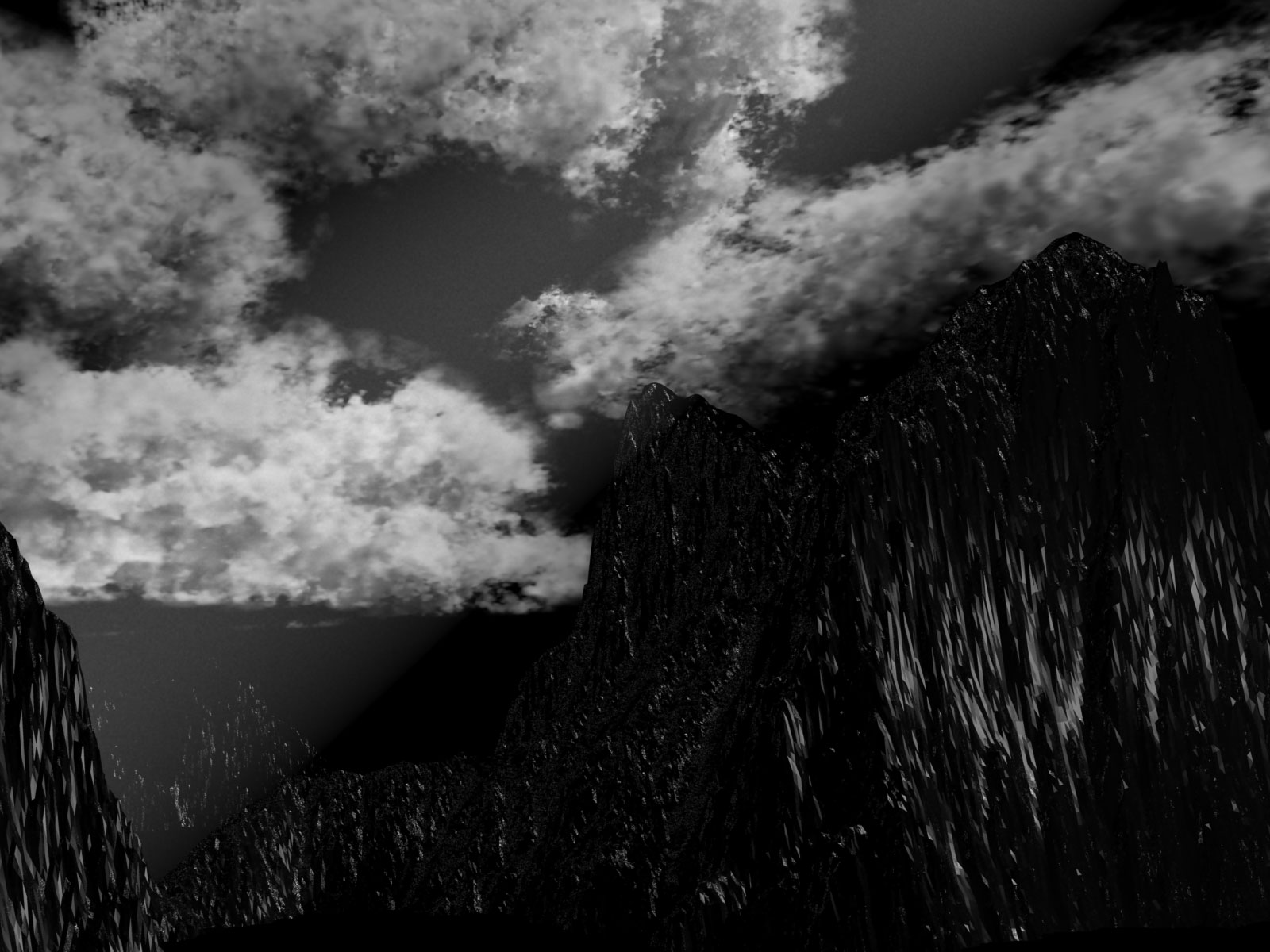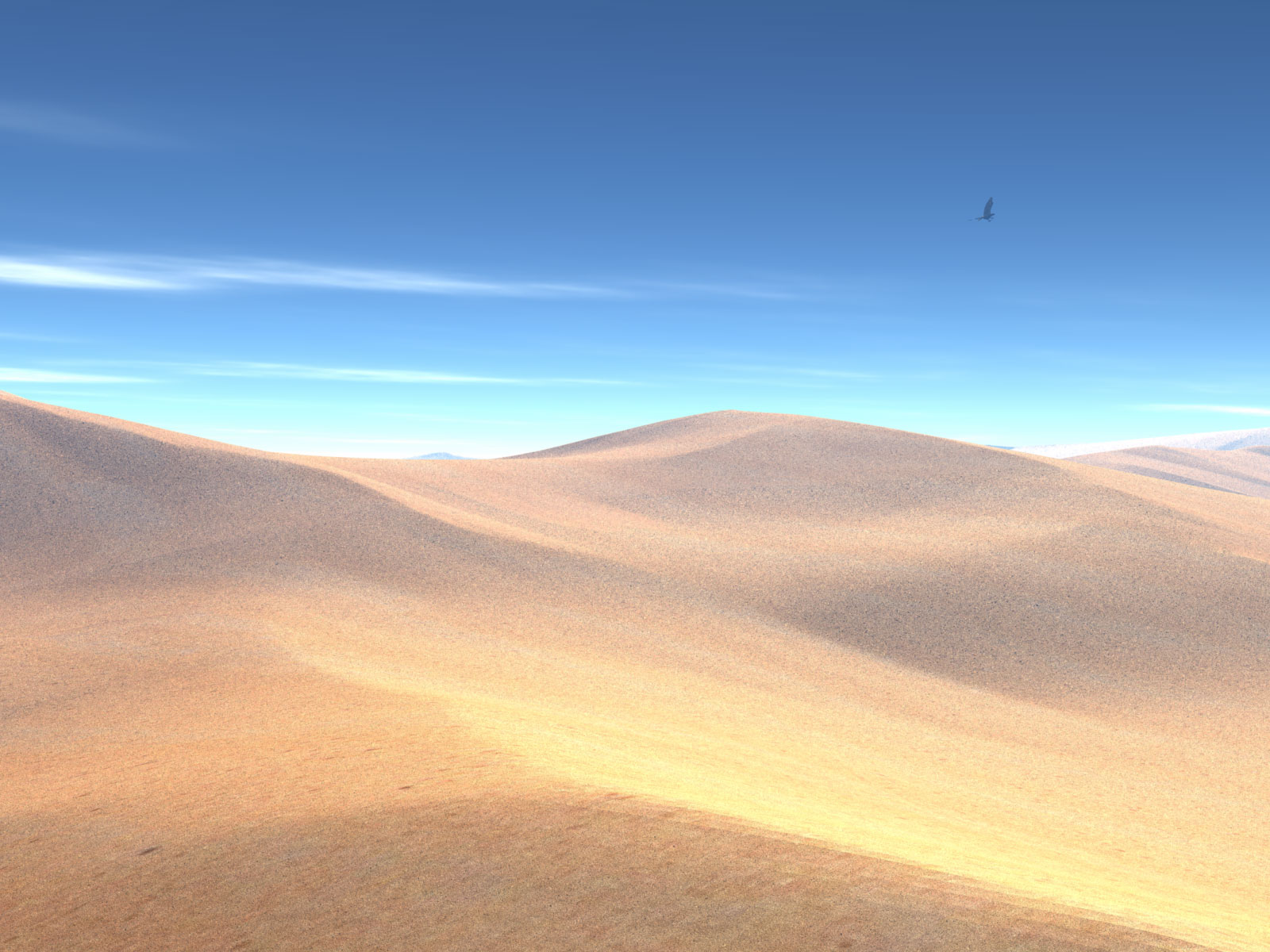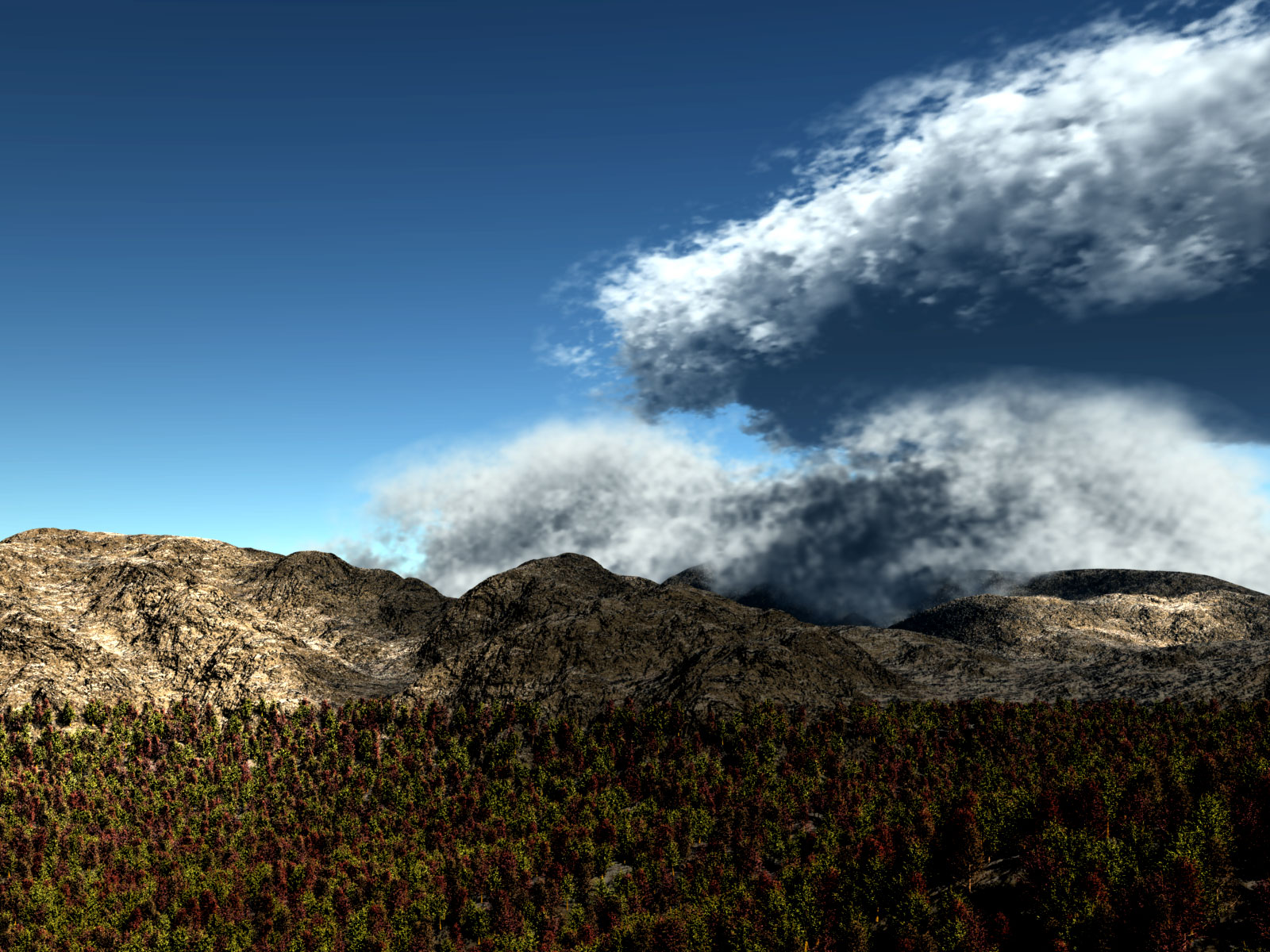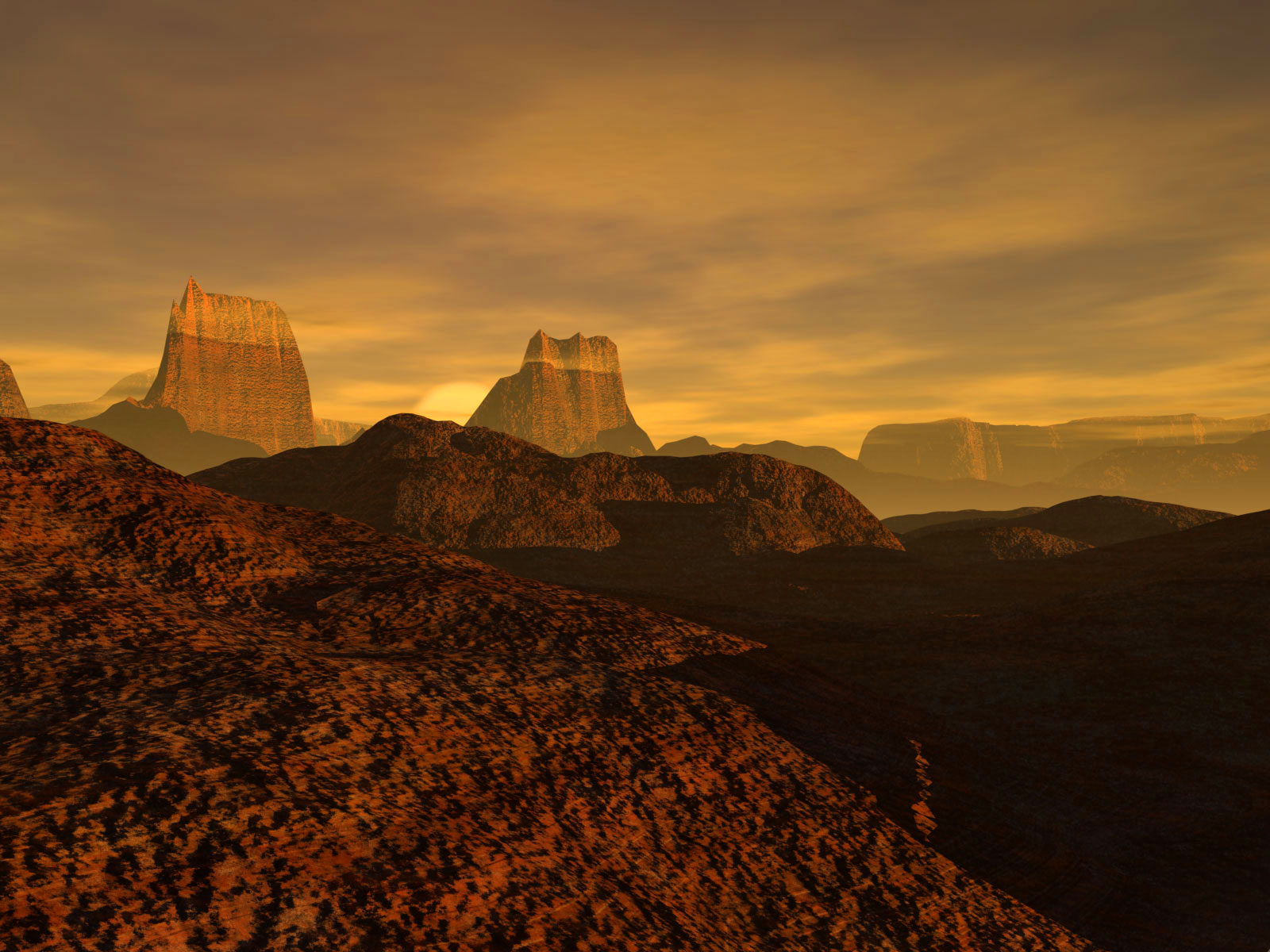Yes, I know I haven't been around much recently. Or, at least I haven't been making any blog posts or many comments elsewhere, though I have been reading the blogs on my list. I've been steadily working away for the last couple of weeks, though not directly on my manuscript for most of that time. I've got a new, secret project that I've been working on -- something that should prove rather useful and unique when it comes time to promote my book.
Yes, I know, that's getting ahead of myself -- the book isn't even done, and it's not definite that it will find an agent, let alone a publisher. But the promotional idea struck me a few weeks ago, and I knew I had to put it in motion. It's the sort of thing that will hopefully make me marginally more attractive to agents and publishers, anyway -- prepared marketing ideas, and all that. At any rate, my novel will still succeed or fail on its merit alone (I'd have it no other way), but every little bit helps in this business.
Moving on: I have made substantial progress on my novel itself. I've now passed 60,000 actual words, 50,000 estimated words, and 200 pages. And, best of all... (drum roll? no?)...
I'm through with my revising-expanding work! Wow, that's only taken... um... has it really been four months? Well, the novel has doubled in length during that process, and definitely improved in quality. I plan on writing the last hundred or so pages in a lot less time than that, though.
That's the other thing I've been working on recently -- figuring out why I've been so blocked, albeit off and on, with my writing in the last year or so. There's one obvious answer: I didn't emotionally handle the rejections of
The Guardian all that well. Well, granted. But there's another, deeper, reason: my writing process hasn't been matching my actual preferences. In fact, my writing process has
never matched my preferences, but until
The Guardian I was too blindly optimistic to care. Now that I'm less sure (but hopefully also wiser), my process has been smothering me.
What was my process? It basically boiled down to this:
- Plot in advance as much as possible.
- Figure out the rest as it is written, to keep things fresh.
- Write everything in order, and write the first draft as well as possible.
- Revise prior content before moving on with new writing.
- Try to hit a certain word count each session.
I think that's a pretty common process for writers, actually, but it just doesn't work for me. Or, I should say, it doesn't work
well. It has, after all, helped me finish two and 2/3 books. But at the same time, I managed to not finish over twenty five (nineteen of which came before I finished my first book, though, so in retrospect those were really just learning projects more than anything else).
At any rate, my shiny new process is this:
- Plot in advance as much as possible.
- Figure out the rest as it is written, to keep things fresh.
-BUT don't ever go into a writing session thinking I'll figure it all out as I go.
That's a sure recipe for slow death during the session.
- Write things in the order they occur to me.
- This will be MOSTLY in chapter order, but definitely not in scene order.
And certainly not in paragraph order within the scene. Often it is easier
to jump ahead to some dialogue or action or description that I'm sure of,
and to then come back and fill in the gaps I was less sure about.
-Write the first draft as well as I can without going back and constantly revising.
- This also means not sitting at the keyboard for twenty or thirty minutes
trying to revise a single line (this was previously a common occurrence).
- Revising is much more effective, at least for me at this point in my career,
when done suitably after the initial writing. Also, wearing my editor's hat
scares the hell out of my writer's hat, and makes doing further writing that
much more difficult. Something many professional writers have said, but I
never listened. Well, I'm listening now.
- Ignore word count when trying to gauge progress in an individual session.
- The more important note is whether or not I finished the block of story
(usually a scene) that I wanted to finish. If I can finish one scene per writing
session, I'm doing good. Three scenes, like I wrote today, is doing awesome.
- Keep a to-do list of scenes that are ready to write, and scenes that need more plotting.
- Just being able to check items off my list, and to see the number of items on the
list as they dwindle is an inspiration to do more. I've used this trick with my
programming for half a decade, and it's just now occurring to me to do this with
my writing, too.
So far, my new process works. I'll let you know how it goes.
The stats as of today:
-51,500
estimated words.
-61,051 actual words.
-206 pages.
-Song(s) listened to while writing: Soundtracks to Meet the Robinsons, Superman Returns, Hook, and Brazil
